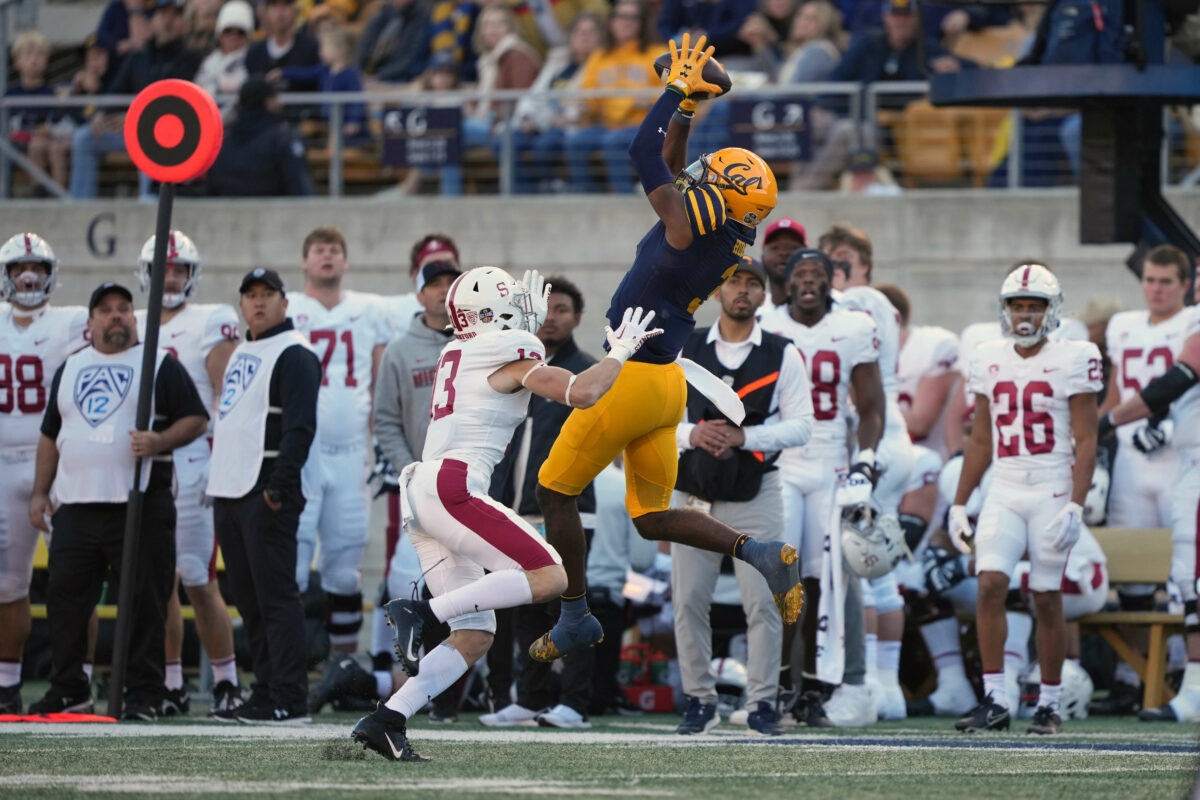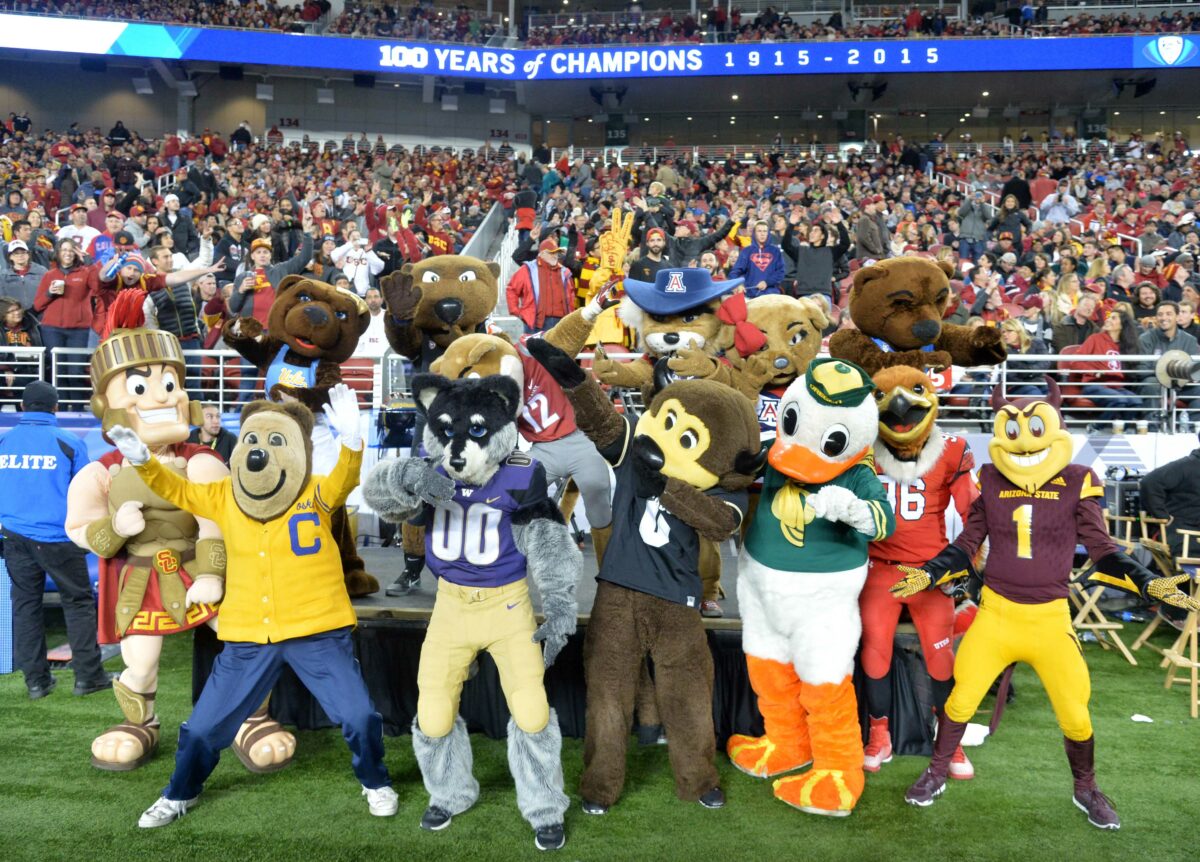After an eventful Friday that changed the college sports landscape forever, only four schools remain in the Pac-12 Conference.
With Oregon and Washington leaving for the Big Ten while the trio Arizona, Arizona State, and Utah leaving for the Big 12, California, Stanford, Oregon State, and Washington State remain in the Pac-12.
The future of those four institutions and their athletic departments are much different than they were just a few days ago.
What does the future hold for these four universities and their athletic departments? That’s one of the major questions coming out of the recent conference realignment.
Oregon State and Washington State perhaps have the most straightforward answers.
Joining the Mountain West Conference, while not ideal, could make plenty of sense. While it would still mean a sizeable cut in television revenue and other sources of revenue sharing, both universities would have a chance for immediate success, especially in football. There’s also a possibility that they could receive an invite from the Big 12, albeit likely while having to take a smaller cut of the conference’s revenue sharing.
Cal and Stanford, however, are in much more complex situations. Beyond an athletics standpoint, both schools are highly proud academic institutions. Joining the Mountain West from an academic perspective may not appeal to either university. Additionally, for both schools, football, despite being a revenue sport, is not a priority; their priorities beyond education are often Olympic sports.
For example, the Stanford athletic department has historically been one of the best athletic departments in the country for most of the last 30 years. Since the first Directors’ Cup was awarded in 1993, Stanford, thanks to the success of Cardinal Olympic sports, has won 26 Directors’ Cups. For Stanford, Cardinal football is simply a tool to generate the financial capital to fund their successful Olympic sports programs.
Cal faces many of the same challenges that Stanford does. Their revenue sports have had little recent success, while their non-revenue sports tend to have greater success on the field. Of course, the ability to field other successful programs is limited without football.
With the Pac-12’s collapse, both schools likely would’ve preferred to be invited to the Big Ten as well. Right now, that does not appear likely, though it shouldn’t be ruled out in future realignment. Moving to the Mountain West would probably be the easiest. Still, it would require both institutions to be willing to “associate” with universities that are very different academically.
Could they go independent? The answer is certainly not for Cal, but it would be much more financially feasible for Stanford. The final option would be to limit the expenses that football would cost the universities by either dropping the football programs to the FCS level or completely shutting the programs down. However, that would also mean losing a great deal of athletic department revenue in the process.
Overall, Cal and Stanford find themselves as two of the few true losers in this wave of college football realignment and will have extremely tough decisions to make going forward.




